artworks, artists and exclusive offers. Sign up now
[NEWS] 10 English Art Terms You May Know
APRIL 24, 2020
By Ungyu Yeo
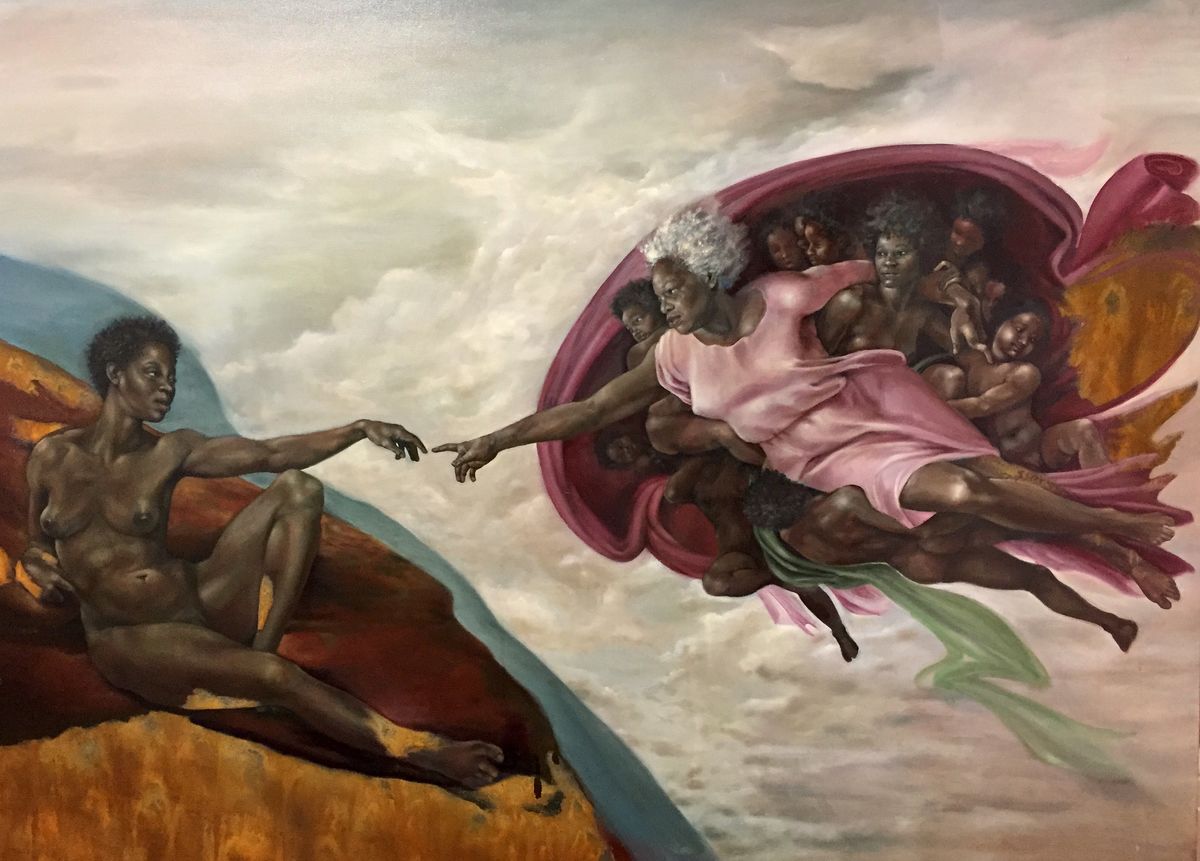
Harmonia Rosales, The Creation of God, 2017. Courtesy of The Bennett Prize.
Figurative
Figurative art, sometimes written as figurativism, describes artwork (particularly paintings and sculptures) that is clearly derived from real object sources and so is, by definition, representational. The term is often in contrast to abstract art.
Screenprint
A stencil-based printmaking technique in which the first step is to stretch and attach a woven fabric (originally made of silk, but now more commonly of synthetic material) tightly over a wooden frame to create a screen. Areas of the screen that are not part of the image are blocked out with a variety of stencil-based methods. A squeegee is then used to press ink through the unblocked areas of the screen, directly onto paper. Screenprints typically feature bold, hard-edged areas of flat, unmodulated color. Also known as silkscreen and serigraphy.
Participatory
Participatory art is an approach to making art which engages public participation in the creative process, letting them become co-authors, editors, and observers of the work. This type of art is incomplete without viewers' physical interaction.
Fauvism
A style of painting in the first decade of the 20th century that emphasized strong, vibrant color and bold brushstrokes over realistic or representational qualities. Central among the loose group of artists were Henri Matisse and Andre Derain. When their paintings were exhibited in 1905, a critic derisively described the works—with their expressive and non-naturalistic palette—as the product of Fauves (“wild beasts”).
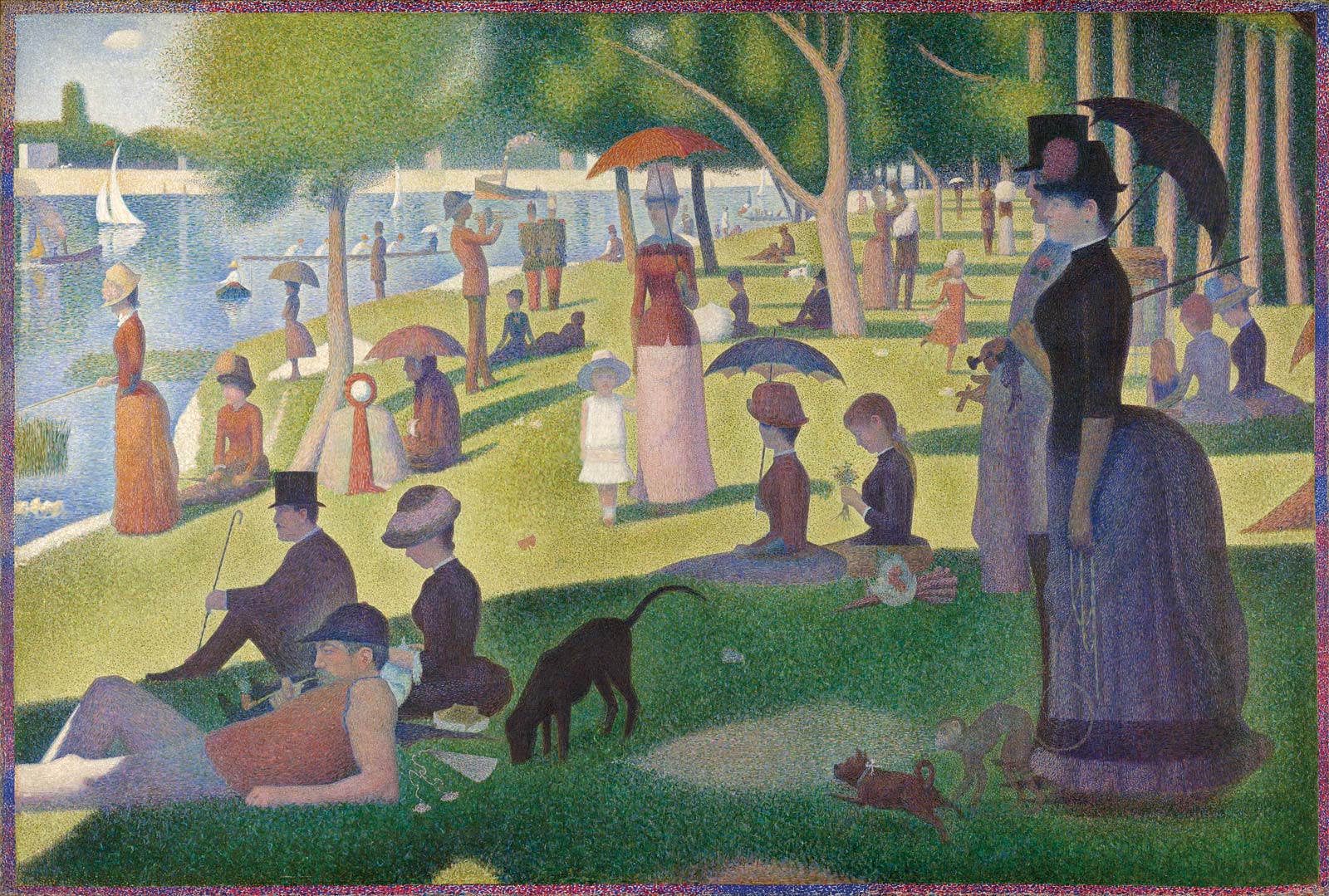
Helen Birch Bartlett Memorial Collection, 1926.224/Photography © The Art Institute of Chicago
Pointillism
A painting technique developed by French artists Georges-Pierre Seurat and Paul Signac in which small, distinct points of unmixed color are applied in patterns to form an image.
Foreshortening
During the early Italian Renaissance, Paolo Uccello sought a convincing way to depict three-dimensional objects in a two-dimensional artwork and that was foreshortening, a technique that is still ubiquitous today, in which the artist adjusts the scale of an object’s parts to convey variations of depth within the picture plane.
Gestural
‘Gestural’ has come to apply more broadly to any artwork whose dynamic and sweeping strokes, pencil marks, or sculptural modeling reveal the act of the work’s creation, often with an element of perceived informality, spontaneity, abandon, or emotional intensity.
Action painting
Art critic Harold Rosenberg coined the term “action painting” in 1952 to describe the work of artists who painted using bold gestures that engaged more of the body than traditional easel painting. Often the viewer can see broad brushstrokes, drips, splashes, or other evidence of the physical action that took place upon the canvas.
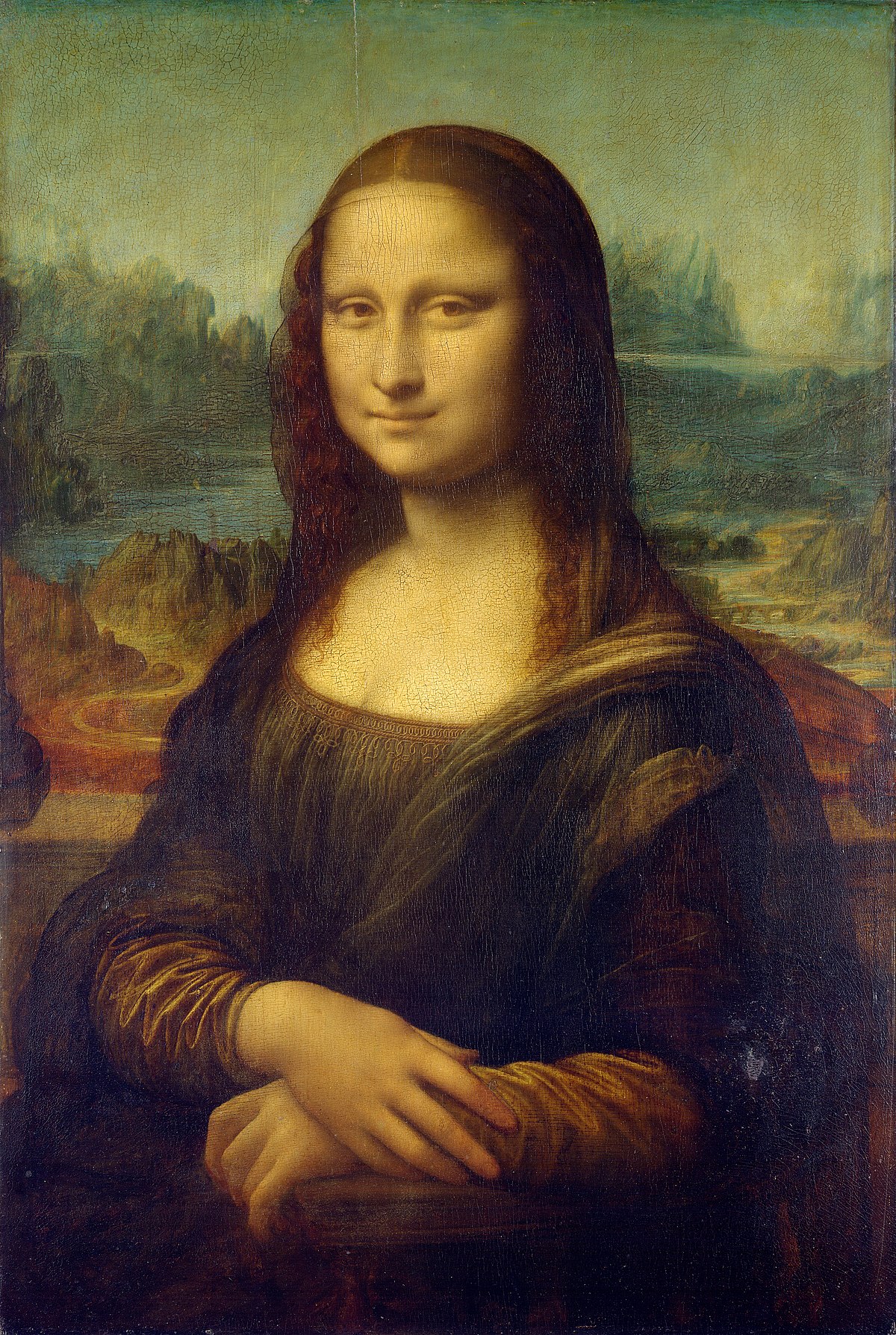
Courtesy and copyright by 2007 Musée du Louvre / Angèle Dequier
Canon
‘Canon’ comes from the Greek word kanōn, meaning a measuring rod, rule, or model. Today, it generally refers to the established works, individuals, or theories that form the historical backbone of a particular discipline or genre.
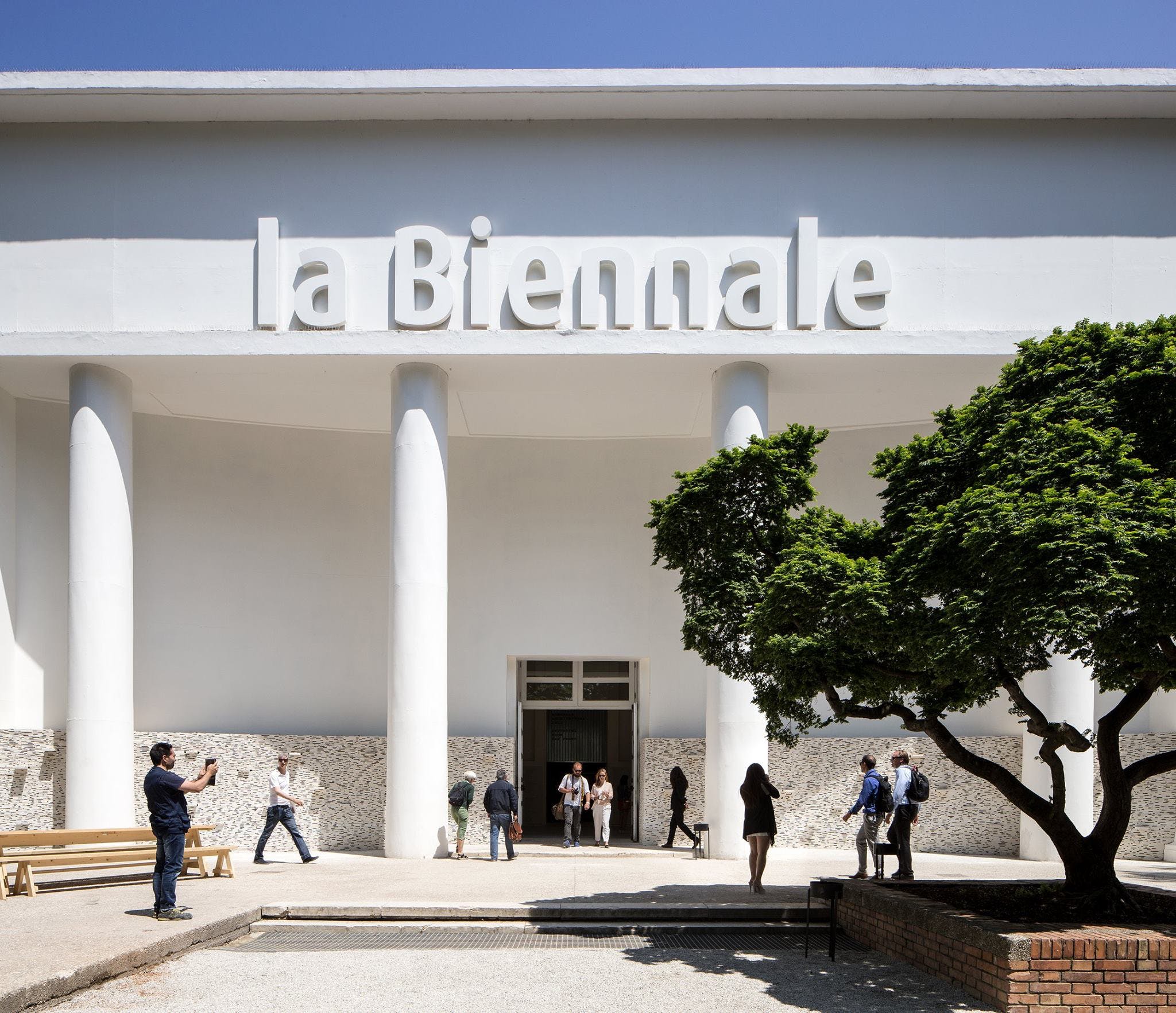
Photo via La Biennale di Venezia/Facebook.
Biennial
‘Biennial’ applies to those events that happen every other year, and can be used as both a noun and an adjective. In art world terms, a word, biennial is a large art exhibition that takes place once every two years and surveys recent work from the host region or country, or further afield such as The Venice Biennale, - biennale is “biennial” in Italian.
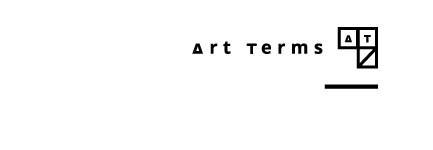
| Prev | [SHOWS] Dom Sylvester Houédard: tantric poetries @ Lisson Gallery, London |
|---|---|
| Next | [Interview] Choi Seung-yoon and Abstract Painting |
| List |